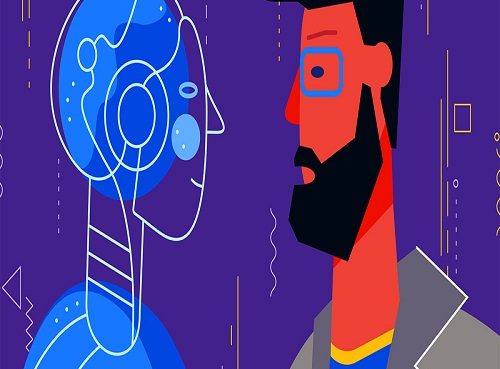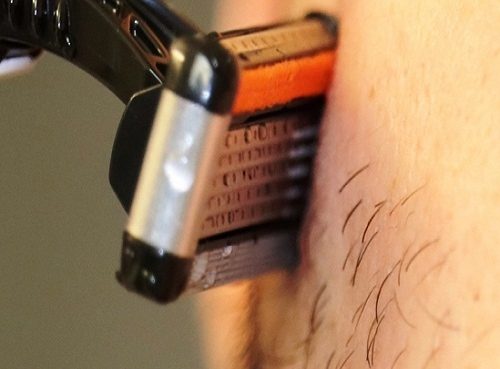University of Arkansas researchers have revealed they are working on the development of an artificial intelligence algorithm that could assist in the detection of autism spectrum disorder in children as young as five years old.
The researchers have looked at biometric data and behavioural responses to strong smells and tastes as a way of detecting indicators of autism.
The University of Arkansas’ Han-Seok Seo and Khoa Luu have created a deep-learning algorithm that could potentially identify sensory cues from various foods in both neurotypical children and those known to be on the spectrum. The AI then analyses these responses, detecting the cases in which they correlate with behaviours associated with autism.
In addition to difficulties in certain social interactions, children with ASD often exhibit abnormal eating behaviours, such as avoidance of certain foods, specific mealtime requirements and non-social eating.
Seo and Luu’s ultimate goal is to create an algorithm that exhibits equal or better performance in the early detection of autism in children than traditional diagnostic methods, which typically require trained professionals; longer assessment durations; caregiver-submitted questionnaires, and additional medical costs.
While the system being proposed would not likely be the final word in a diagnosis, it could provide parents with an initial screening tool, ideally eliminating children who are not candidates for ASD whilst still ensuring the most likely candidates pursue a more comprehensive screening process.
This tool would have been extremely useful for Seo after worrying about his newborn daughter’s tendency to avoid eye contact, a common trait in ASD children. Although his child did not end up having ASD, the experience sparked Seo’s interest and prompted him to design a solution that would help anxious parents similar to himself.
The pair are conducting the study through a three-year, $150,000 grant from the Arkansas Biosciences Institute and are currently testing the algorithm on ASD and neurotypical children aged 5 to 14.
Source: E&T










